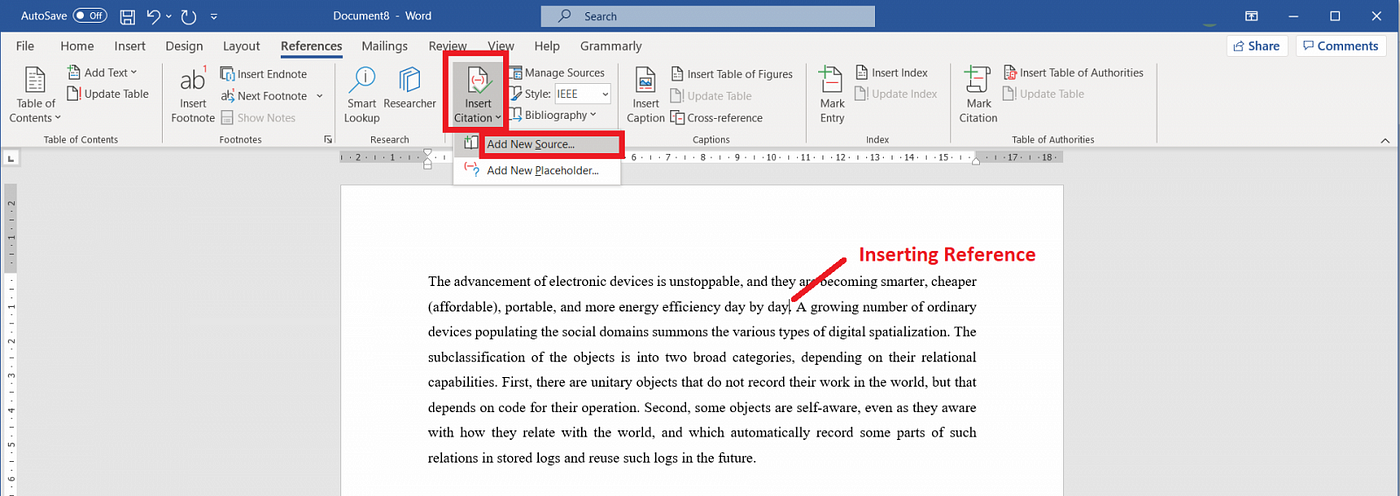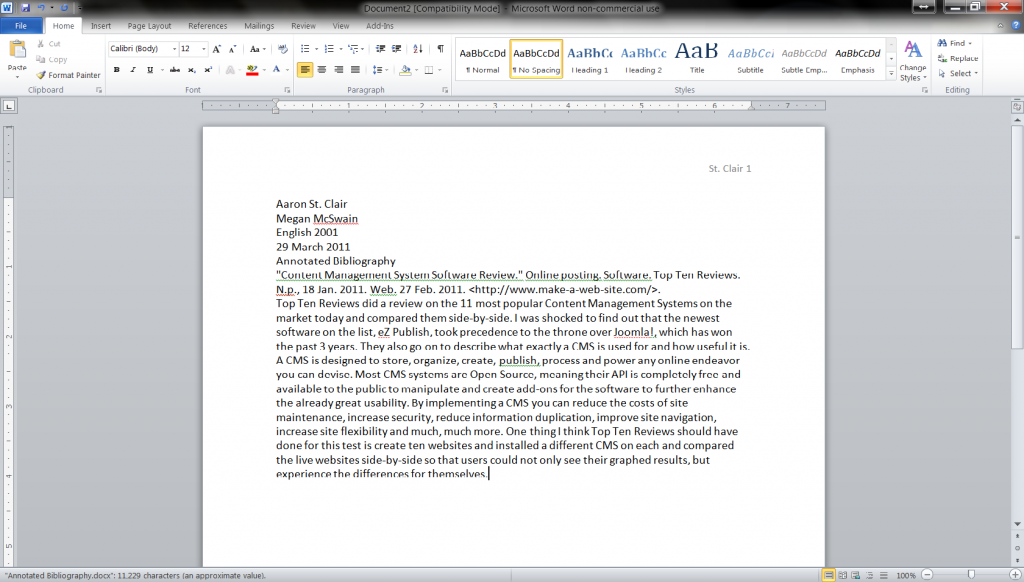

- #FORMAT BIBLIOGRAPHY IN WORD HOW TO#
- #FORMAT BIBLIOGRAPHY IN WORD UPDATE#
- #FORMAT BIBLIOGRAPHY IN WORD SOFTWARE#
- #FORMAT BIBLIOGRAPHY IN WORD WINDOWS#
Now that I deciphered how bibliographic information can be presented in an XML, so that Office 2007 recognizes it as a bibliographic source, I can now list down all the bits and pieces that can go inside it.
#FORMAT BIBLIOGRAPHY IN WORD HOW TO#
From the LCID, Word determines how to display names (for example, Last, First for English), what punctuation to use (for example, using comma in one language and a semicolon in another), and what strings to use (for example, whether to use “et al” or another localized form). For example, one source may be written in French, one in English, and one in Japanese. (See MSDN for valid language identification values.) Word uses the LCID to know how to display a cited source in a document’s bibliography. The LCID specifies the language for the source.

#FORMAT BIBLIOGRAPHY IN WORD UPDATE#
This enables Word to determine which source is most recent, based on the value of the GUID, and to prompt whether the user wants Word to update the outdated source to maintain continuity between the master list and the current list. If you do not add a GUID to the XML and a user then edits a source, Word generates a GUID.
#FORMAT BIBLIOGRAPHY IN WORD WINDOWS#
(See the Microsoft Visual Studio documentation or the Microsoft Windows documentation on MSDN for information about programmatically generating ID.) Word generates GUIDs when users add or edit a source. The Guid element value should be a valid GUID, which you can generate programmatically outside the Word object model.

The Guid and LCID elements are optional, but you can provide values for them if you want. If you want to add information in this base minimum XML don’t use the “b:” tag. I wanted to find out the least possible information required for the XML file to be recognized as a valid bibliographic source by Office 2007. If you want to merge information from an external XML file into your “ C:\Documents and Settings\\Application Data\Microsoft\Bibliography\Sources.xml” you have to open the external XML file, copy the information into your ‘ current list‘, open the “ Sources.xml” again and then copy them back into the ‘ master list‘ which now points to “ Sources.xml“. You have to “ copy” them into your ‘ current list‘ to work with it. All the bibliographic sources in currently opened bibliographic XML file are displayed in the ‘ master list‘. So I tried to discover what happened and found that Office does NOT really imports bibliography into the “Sources.xml”, it allows you to work on currently opened XML only. But wait, where are my previous bibliographic sources? A copy of this file with the information altered and GUID, LCID deleted, just worked as imported bibliography. I was almost certain that Office will import a copy of this file without any problem. Obviously I had only one bibliographic source in the “Sources.xml”. I opened the XML file and here’s what I got (figure 1).įigure 1: Mircosoft Office 2007 Bibliographic Database Format

If you use one or more of them in your document, all of them will be saved in “ C:\Documents and Settings\\Application Data\Microsoft\Bibliography\Sources.xml“. The very first thing I noticed is, if you add some references and don’t use them in the document they are not going be saved. I started adding some bibliographies in Microsoft Office Bibliography Editor. MSDN article showing how to work with Bibliography (updated March 23, 2007)īut after searching for a day, I could not find a single web page describing the exact or near exact format for bibliographic information in Microsoft Office 2007.ECMA Open XML Standard Elaborated Schemas ( all documents).Blog of Brian Jones, the person behind the Office 2007 open XML.How to use Office 2007 bibliographic tool.
#FORMAT BIBLIOGRAPHY IN WORD SOFTWARE#
I am about to write a module for JabRef, an open source bibliographic management software to export the bibliographic information for Microsoft Office 2007.


 0 kommentar(er)
0 kommentar(er)
